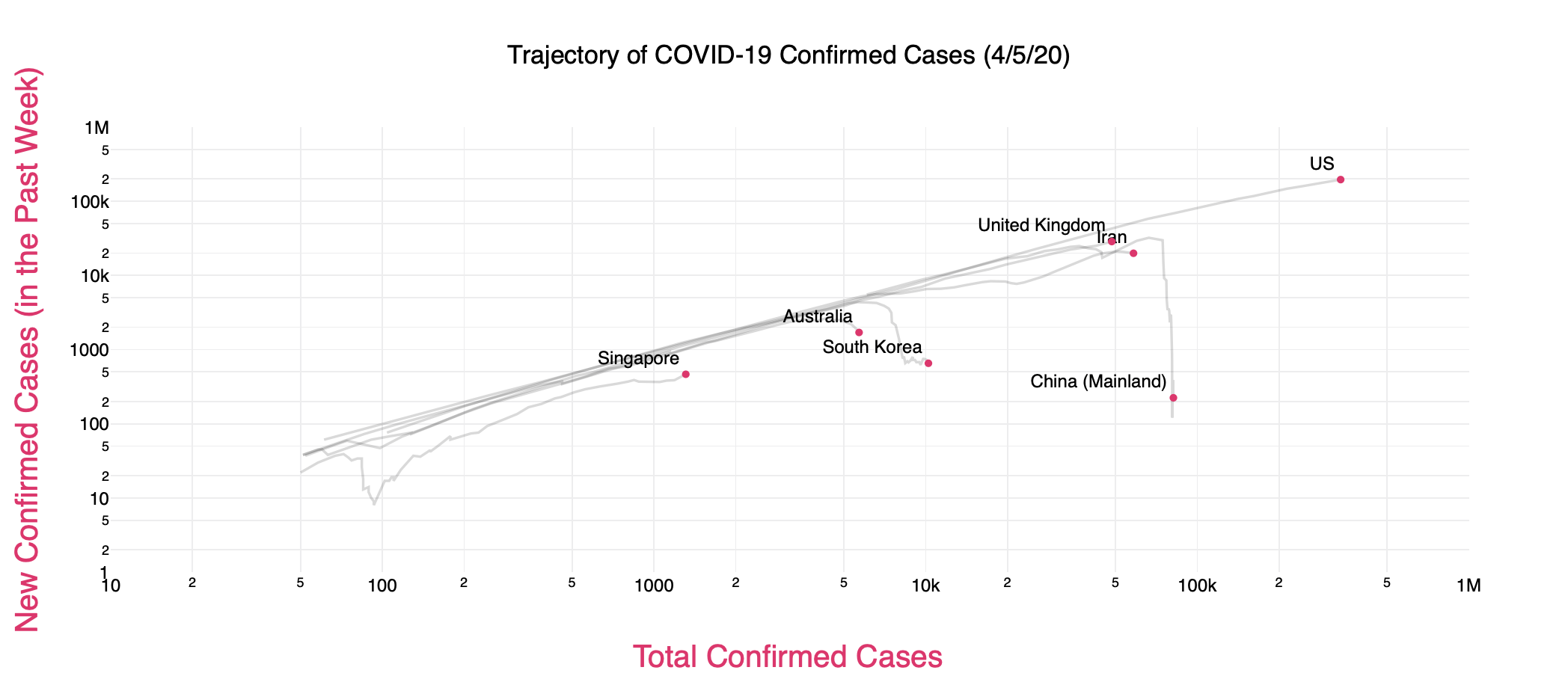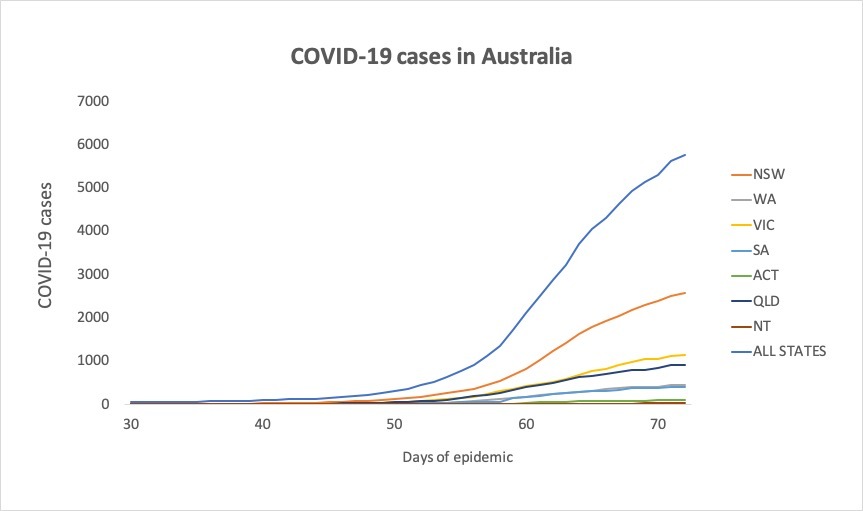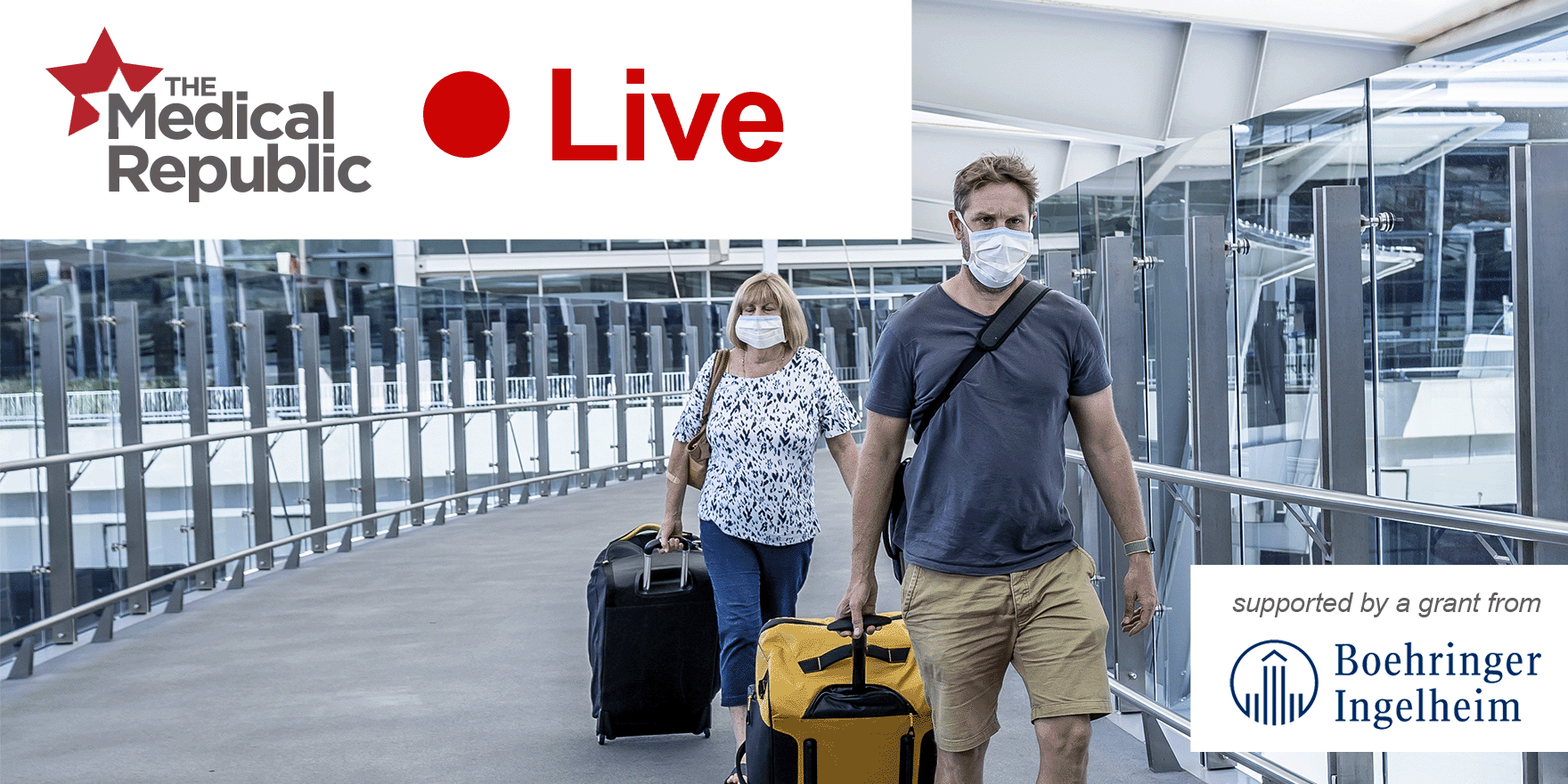The private health insurance industry stands to reap a windfall of $3.5 billion to $5.5 billion over the next six months because of reduced demand on services during the COVID-19 pandemic, a new report suggests
And we’re done for Monday on The Medical Republic‘s live COVID-19 blog.
Thanks to our sponsor and supporter for funding this project with an independent grant, Boehringer Ingelheim.
The latest
- Private billing now allowed for telehealth.
- Private insurance industry going to reap a windfall from reduced demand for services, report says.
- Evidence-based ‘living’ guidelines on COVID-19 management now available for Australian clinicians.
5.35pm, April 6
- The European Medicines Agency (EMA) has encouraged the enabling of compassionate use of the antiviral medication remdesivir, which was originally developed for use against the Ebola virus but preclinical research suggests could also have activity against SARS-CoV-2.
After requests from several European countries for guidance on compassionate use of the drug for COVID-19 infection, the EMA advised it could be used for patients needing ventilation because of COVID-19.
3.30pm, April 6
- TMR‘s data wizards have been hard at it today. It’s now possible to find out exactly how many COVID-19 cases there are in your local area (data from NSW Health). [covid-19-graph]COVID-19CaseLoadbyState_15861732214150/BubbleMap[/covid-19-graph]. And here’s the story with more detail.
2.30pm, April 6
- TMR reporter Felicity Nelson writes: The simple linear #flattenthecurve graph has received the most attention on social media – but THIS is the graph that all the public health experts have their eyes glued to.

Ok, don’t freak out, it’s got a log scale. But this is actually the best way to find out which countries are winning the war against COVID-19.
So, log functions display exponential growth as a linear function. So, when the log graph is slowly rising in a linear function, that means there’s exponential growth in the COVID-19 case numbers. But when it suddenly drops off a cliff, that means the rate of change is no longer exponential (i.e. the curve is flattening).**
You can see here that South Korea and China have experienced the “cliff drop”, Australia is at the tipping point, and Iran, the US and the UK are still rising exponentially.
There are a few limitations and caveats to the graph, which was created by Aatish Bhatia in collaboration with Minute Physics – find out more here.** Correction: “Exponential growth happens when the number of new cases each day is a constant % of the total cases the day before (like interest on a loan). This shows up on this graph—a so-called ‘log-log plot’—as a straight line. Log-log plots like this are less common that ordinary plots or plots with one axis logarithmic (‘log plots’), but they are useful when you need to show both large and small numbers on both axes.” – kindly provided by Nicolas Menicucci, Associate Professor of Physics, RMIT University
2.15pm, April 6
- If you’re placing bets on a baby boom in about nine months’ time from all those couples working from home and feeling frisky (or bored), the odds just got a little shorter.
The peak body representing vasectomy services in Australia (No Scalpel Vasectomy Australia) has recommended stopping all office-based vasectomy services during the COVID-19 pandemic because it’s a non-essential service.
Although all elective surgeries are now banned, office-based vasectomy is still permitted because it’s not hospital-based. But it has to be done in-person, which could put clinicians, nurses, and office staff at risk of exposure to the virus.
“Financial imperatives should not override community care and safety consideration,” the organisation said in a statement.
1pm, April 6
- Private billing for telehealth consultations is now OK, as long as it’s not patients with concession cards, those under 16 years and people who are at risk of COVID-19, says Deputy Chief Medical Officer Professor Michael Kidd.
TMR reporter Penny Durham has all the details.
- The private health insurance industry stands to reap a windfall of $3.5 billion to $5.5 billion over the next six months because of reduced demand on services during the COVID-19 pandemic, a new report suggests.
The Australia Institute has released research showing that as visits to dentists, physios and other services – as well as elective surgery – drop because of social distancing and lock-down regulations, private health insurers will be paying out far less than usual.
“Every policy holder will pay, on average, $500 to $750 for services their insurers know they will not be able to use,” said Roy Harvey, report author and health finance expert.
The report authors called on the Productivity Commission to review the situation, and for insurers to pass these savings on to customers.
9.50am, April 6
- If you’re curious about the overlapping of SARS-CoV-2 viral load and antibodies and how that impacts the timing and utility of RT-PCR testing versus antibody testing (and I just know you are), this tweet from Professor Trisha Greenhalgh, professor of primary care at the University of Oxford, may make some sense of it all.
Or it might not.
Tweeps, your homework for today is to study this infographic. No tweeting about #testing till you’ve understood it.
Via @pash22 pic.twitter.com/NtZIxAtTSD— Trisha Greenhalgh (@trishgreenhalgh) April 3, 2020
- Here are the latest COVID-19 infection figures for Australia:
National – 5687 confirmed cases (up 139 since 3pm yesterday), with 34 deaths
ACT – 96
NSW – 2580
NT – 26
QLD – 907
SA – 409
TAS – 81
VIC – 1135
WA – 453
Our intrepid data wrangler Felicity Nelson has also generated this graph showing infection rates over time nationally and by state. We’ll be updating this each day so we can (hopefully) be cheered by the decline in infections.

- What happened last Friday? Seems a lifetime ago, but some of it is still relevant (which can’t be said for a lot of news in these whirlwind times):
– Electronic prescribing landed; GPs will be allowed to send electronic prescriptions direct to the patient’s pharmacy to be filled.
– A survey by The Medical Republic found 175 GPs found 54% have lost more than 30% of their revenue compared with this time last year, with one 100%-bulk-billing clinic reporting a 50%-70% loss in income.
– Western Australia expressly prohibited use of serology tests for SARS-CoV-2 for anything other than research purposes and, according to Australian Doctor, is even threatening GPs with $20,000 fines for using them for diagnosis.
– There are still no further updates on the bulk-billing and telehealth issue, with many GPs and organisations expressing concerns that the restriction to bulk-billing only for telehealth could slash GP incomes. - Australian clinicians now have access to ‘living’ guidelines on COVID-19, put together by a large coalition of Australian health professional groups. The guidelines will be regularly updated to provide the latest evidence-based information for primary, acute and critical care settings.
The project is auspiced under the National COVID-19 Clinical Evidence Taskforce, and is based at Cochrane Australia.
“We can leverage our world-leading technologies and our partnership with the globally trusted Cochrane network to make sure Australian healthcare professionals have the very best information at their finger-tips,” said taskforce chair Associate Professor Julian Elliott. - In other news, a tiger at the Bronx Zoo has tested positive for COVID-19. The zoo said Nadia – a 4-year-old female Malayan tiger – her sister Azul, two Amur tigers, and three African lions had all developed a dry cough, but are expected to recover. Phew.
Disclaimer: The content on the Medical Republic COVID-19 blog is independently created by Medical Republic without input from Boehringer Ingelheim Pty Ltd. The views, information, or opinions expressed on the Medical Republic COVID-19 blog are Medical Republic’s own and do not necessarily represent those of Boehringer Ingelheim Pty Ltd. Boehringer Ingelheim Pty Ltd is not responsible for and does not verify the accuracy of any content on the Medical Republic COVID-19 blog.




